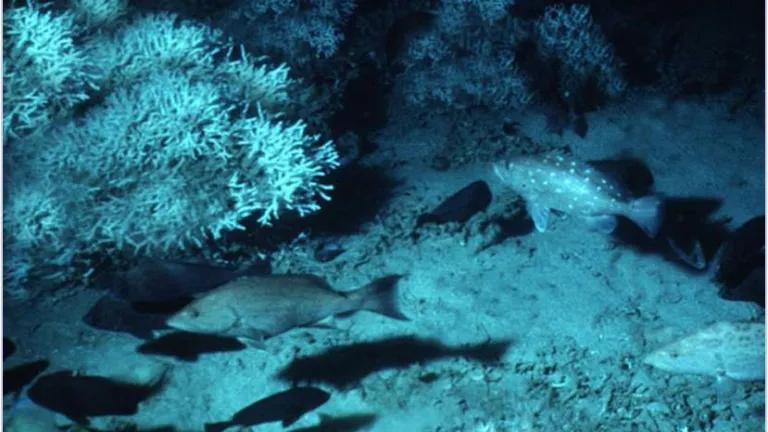When Will the Endangered Florida Panther Catch a Break?
We must demand action by fighting any rollbacks of Florida Panther protections under the Endangered Species Act and oppose further development of its remaining habitat. The survival of this iconic cat depends on it.

Florida panthers
By Michaelstone428 - Own work, CC BY-SA 3.0, https://commons.wikimedia.org/w/index.php?curid=26474315
The Florida panther is the only remaining puma population in the eastern United States. It is estimated that fewer than 230 individual panthers remain in a single south Florida population.
As NRDC previously reported, Florida panthers already experience constant threats to their survival from habitat loss due to oil exploration and development in and near the Everglades’ Big Cypress National Preserve, commercial and residential construction, and vehicular traffic. As of August 2019, 13 panthers have been hit and killed by cars, yet the Florida legislature recently passed a law authorizing the construction of three new toll roads, one of which is in panther habitat.
As if these threats weren’t bad enough, the U.S. Fish and Wildlife Service is reviewing the panther’s endangered status, which could lead to removal of the Florida panther from the endangered species list. NRDC and its partners submitted science-based comments opposing any change to the panther’s endangered status. At the same time, the Trump Administration is weakening protections afforded to threatened and endangered species under the Endangered Species Act. According to a recent editorial, these rollbacks are deadly for Florida wildlife.
Now a recent New York Times article shares trail camera footage showing panthers having trouble walking. These elusive cats are experiencing symptoms from a mysterious neurological disorder that seems to hit kittens the hardest.
This neurological mystery has gone unsolved for the past two years. The article reports that photos from 2017 seemed to show an ailing kitten, as did citizen video footage in 2018. This year the number of cases has increased, suggesting a broader problem.
When will federal and state wildlife agencies solve this mystery and take steps to eliminate this and other threats to the Florida panther’s survival?
The U.S. Fish and Wildlife Service could start by retaining the Florida panther’s endangered status and halting its rollbacks of protections under the Endangered Species Act. Florida state agencies could stop permitting further destruction of critical remaining panther habitat for fossil fuel exploration and extraction, highway construction, and residential and commercial development. They could also create wildlife corridors and construct wildlife crossings with adequate funding from the Florida legislature.
The unknown neurological disorder poses yet another threat to the single remaining population of panthers struggling to survive in south Florida. We must demand action by fighting any rollbacks of its protections under the Endangered Species Act and oppose further development of its remaining habitat. The survival of this iconic cat depends on it.
Citizens can help by reporting Florida panther sightings to the Florida Fish and Wildlife Conservation Commission.
You can help protect the Florida panther from extinction by taking action here.



